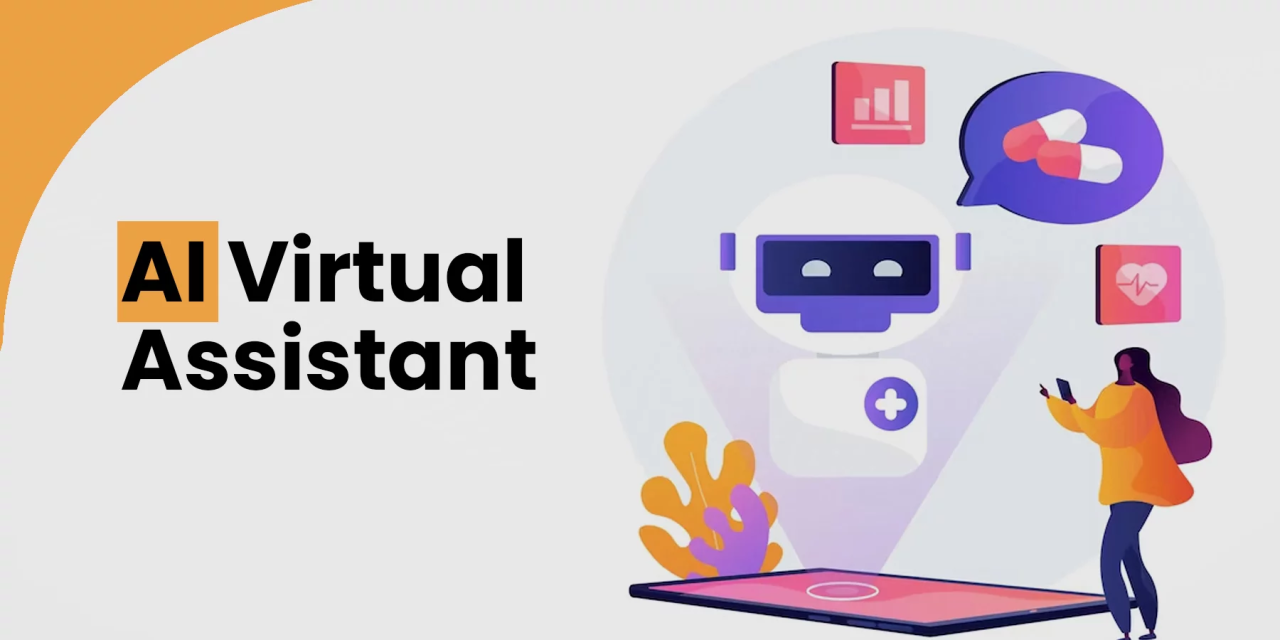
AI Virtual Assistance: Addressing 4 Key Questions
Humam Zaman
Tech Lead @ APAC GOLD | Ex-The Tech Valley | Optimizing Businesses Across Industries Through Data-Driven Insights, Cutting-Edge Innovation and Digital Transformation
In the ever-evolving landscape of business, AI chatbots have become invaluable tools, transforming the way companies interact with customers. This article aims to provide a straightforward understanding of AI virtual assistants, addressing common questions in the context of business.
What Does an AI Virtual Assistant Do?
An AI virtual assistant in a business context is like a digital helper that communicates with customers. It can answer questions, provide information, and even assist in various tasks. Think of it as a friendly and efficient support system that works tirelessly to enhance customer experiences on websites, apps, or through messaging platforms.
Which Is the Best AI Virtual Assistant?
Determining the "best" AI virtual assistant depends on your business needs. Some popular ones include Google's Dialogflow, Microsoft Bot Framework, and IBM Watson Assistant. The choice often hinges on factors such as the complexity of interactions, customization options, and the industry-specific requirements of your business.
How Much Does an AI Virtual Assistant Cost?
The cost of an AI virtual assistant can vary. Some platforms offer free plans with basic features, while others may charge based on usage or offer subscription models. It's crucial to assess your business requirements and budget before choosing a solution. Many businesses find that the investment in an AI virtual assistant pays off by saving time and enhancing customer satisfaction.
领英推荐
How Do I Create an AI Virtual Assistant?
Creating an AI virtual assistant for your business involves a few key steps:
AI virtual assistants can significantly benefit businesses by enhancing customer interactions. By selecting the right virtual assistant for your needs, understanding the associated costs, and following a systematic approach to creation, you can leverage this technology to streamline operations and improve customer satisfaction in your business.
#BusinessAutomation #ChatbotSolutions #CustomerEngagement #AIinBusiness #TechForBusiness #CustomerExperience #BusinessInnovation #AIChatbots #DigitalTransformation #TechConsultancy #CustomerService #SmallBizTech #ChatbotStrategy #SmartTech #BusinessEfficiency #AIIntegration #TechSolutions #CustomerSupport #ChatbotDevelopment #SMBTech
Great insights, Humam! AI virtual assistants are definitely the future of customer interactions and can greatly benefit businesses. Thanks for sharing these valuable tips on selecting the right virtual assistant and leveraging this technology for business success. #AIinBusiness #CustomerExperience #TechForBusiness